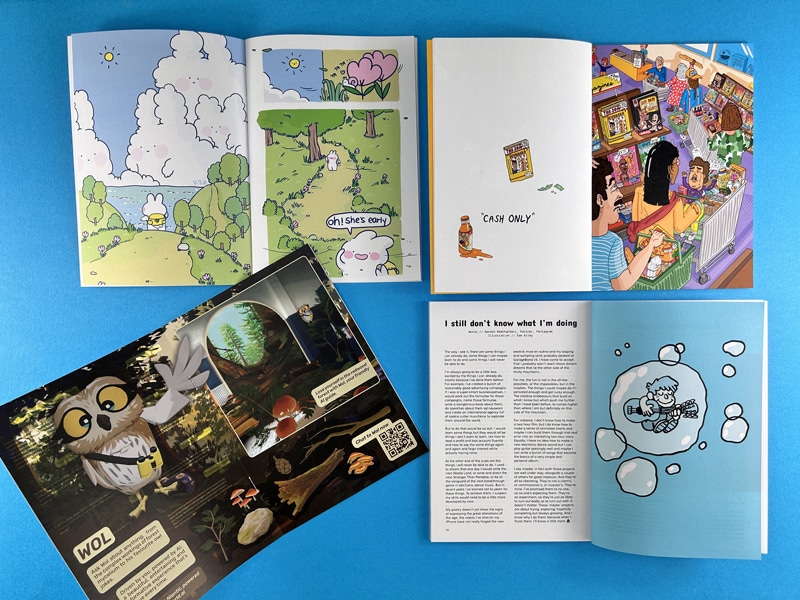Unveiling the Artistry and Individuality of Creative Writing, Typographic, and Poetry Zines

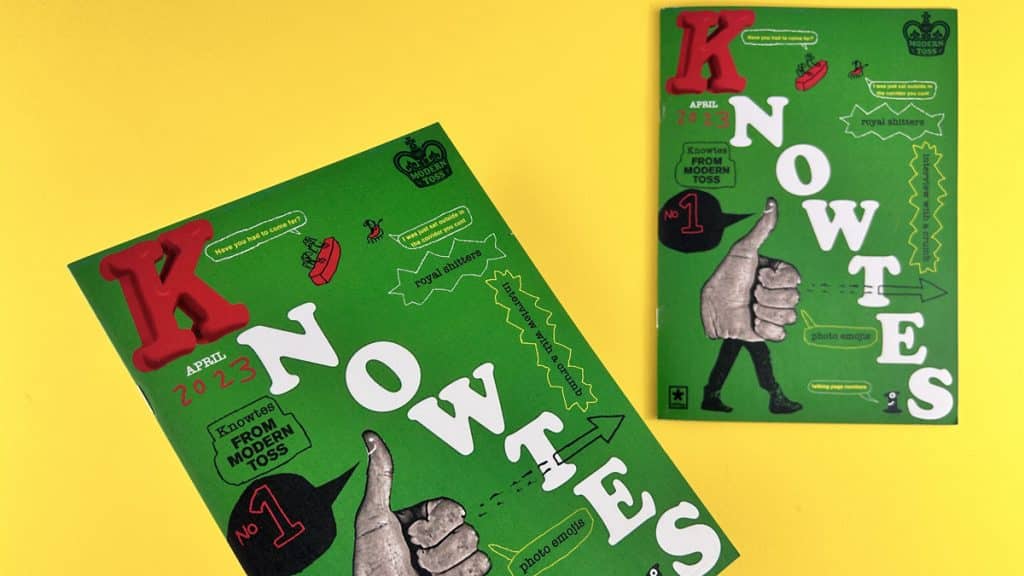
The Diverse World of Creative Writing, Typographic, and Poetry Zines
Zines have always been a platform for self-expression, a space where creators can let their imagination run wild. Whether it's a literary magazine like Shooter, a typographic marvel like No Cold Callers, or a poetry zine, each one is a unique piece of art. In this post, we'll take a closer look at these three distinct types of zines, each showcasing a different facet of creativity and individuality.
Shooter Literary Magazine: A Platform for Varied Voices
Shooter literary magazine is a testament to the diversity of topics that can be explored in zines. Each issue is centred around a different theme, providing a platform for a multitude of voices to be heard. For instance, the 'Cities' issue features neatly arranged text following a grid format, showcasing the poetry and creative writing of various writers. The text is intertwined with full-colour pages, acting as a backdrop to the creative writing.
The Shooter zines are perfect bound, with a neat spine that comfortably accommodates the title and the name of the magazine. This binding style not only gives the zine a professional look but also ensures durability.
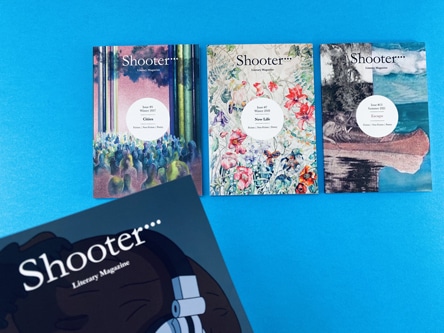
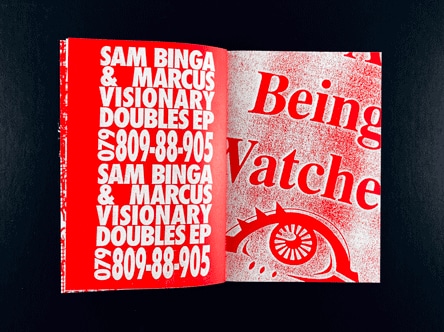
No Cold Callers: A Typographic Feast
No Cold Callers is a zine that truly embodies the phrase "no rules for zines". It's a typographic feast, with layers upon layers of type stacked over each other. The inside pages are printed on 190gsm paper, showcasing what can be achieved with type.
The zine's design is reminiscent of the iconic work of David Carson and Ray Gun, with its engaging one-colour print and consistent colours per page. The mix of images, photography, and a 70s style typeface creates a visually captivating experience. This compact, A6 wire stitch zine is a testament to the limitless possibilities of zine design.
Poetry Zines: A Canvas for Expressive Words
Poetry zines offer a canvas for expressive words, a space where poets can share their thoughts and emotions. One such zine is an A5 perfect bound zine with 40 inside pages printed onto 90gsm uncoated paper. The cover is a 300gsm silk card with matt lamination on the outside, providing a professional appearance and added durability.
This zine, along with others like it, showcases the unique ways of creating a typographic zine. Each page is designed to attract the reader and grab their attention, with careful consideration given to the size of the font to ensure legibility.
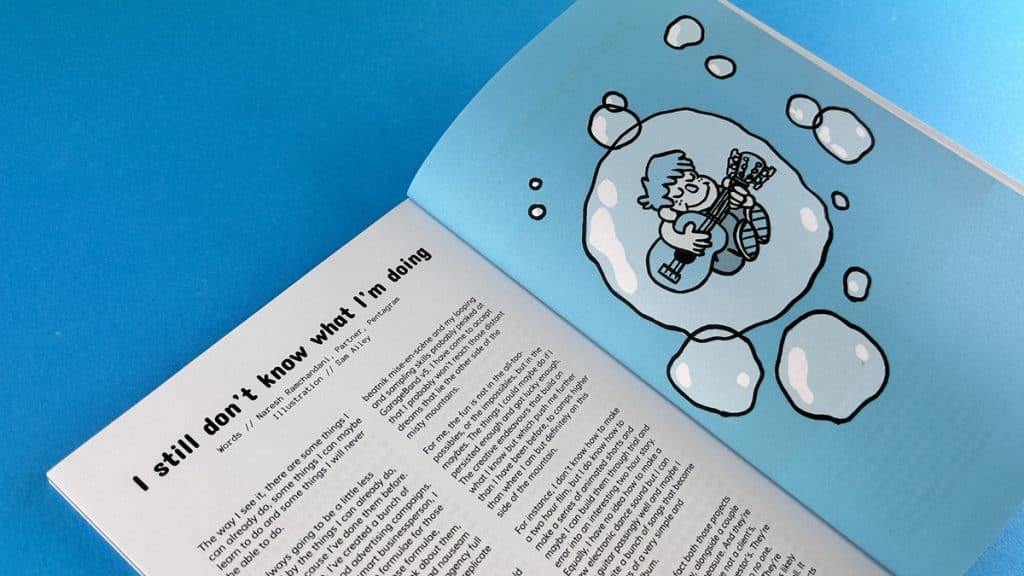
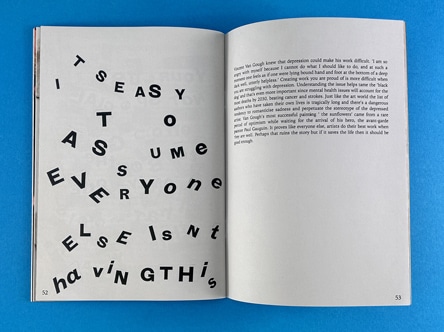
Styling Your Typographic Zine
When it comes to styling your typographic zine, there are a few key considerations to keep in mind. The type on each page should be designed to attract the reader and grab their attention. The size of the font plays a crucial role in making your content legible. Check out our Definitive Zine Printing Guide for styling and aesthetic ideas.
For instance, you might want to consider using a larger font size for headers to make them stand out. For body text, a smaller font size would be more appropriate. Splash text, which is used to highlight important information or quotes, can be set in a larger font size and a different typeface to draw attention.
Indie Press Printing
At Ex Why Zed, we are passionate about supporting the vibrant community of independent publishers through our dedicated Indie Press printing services. We've had the privilege of collaborating with innovative creators to bring their unique visions to life. Projects like the evocative works of Buoy Press showcase the power of thoughtful design and quality printing. The insightful Mayday Rooms Pamphlet Series highlights how self-publishing can amplify important voices and ideas. We also crafted the visually stunning Art Journey of Sean Newman, featuring a luxurious linen cover that embodies the essence of his artistic exploration. Additionally, the compelling hardback photography book Bait Gritain demonstrates our commitment to producing high-quality prints that capture the photographer's vision. Each of these projects reflects the creativity and dedication that define the indie press community, and we're honoured to help bring these stories to a wider audience.
By choosing Ex Why Zed for your indie publishing needs, you join a network of passionate creators who value quality, innovation, and personal expression. Our bespoke printing solutions are tailored to meet the unique requirements of each project, ensuring that your work not only stands out but also resonates with readers. Let us help you transform your ideas into beautifully printed realities, just like we did for these remarkable publications.
Useful Resources
For more information on zine creation and printing, check out these resources:
- Understanding Perfect Bound Zines
- Choosing the Perfect Size for Your Zine: A Guide to Creative Freedom
- Understanding Wire Stitching: A Comprehensive Guide for Zine Binding
- Introduction to Zine Printing: Beginner's Guide to Self-Publishing
- Ex Why Zed
- Zine Printing Services
What are 4 forms of creative writing?
Creative writing is a broad field that encompasses various forms, each with its unique characteristics and purposes. The four primary forms of creative writing are:
- Poetry: This form of creative writing is all about expressing emotions, ideas, and images in a condensed form. Poems can follow specific structures and rhyme schemes, or they can be free-form, flowing naturally without any set pattern.
- Fiction: This includes novels, short stories, novellas, and flash fiction. Fiction writing involves creating imaginary characters, settings, and plots. It's all about storytelling and the art of narrative.
- Drama: Drama involves writing scripts for plays, screenplays, and radio scripts. This form of writing is designed to be performed by actors and is often characterised by dialogue and stage directions.
- Creative Non-fiction: This form combines factual information with creative writing techniques. It includes memoirs, personal essays, travel writing, and literary journalism. The goal is to present real-life experiences in a compelling, literary style.
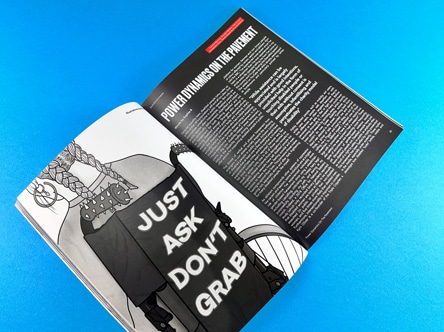
What are 9 types of creative writing?
Creative writing is a vast field with numerous types and sub-genres. Here are nine types of creative writing that you might explore:
- Poetry: From sonnets to haikus, poetry is a versatile and expressive form of creative writing.
- Fiction: This includes novels, short stories, and flash fiction, where writers create imaginary characters and plots.
- Drama: Writing for theatre, film, or radio, drama involves creating scripts meant to be performed.
- Creative Non-fiction: This genre includes memoirs, personal essays, travel writing, and literary journalism.
- Song Lyrics: Writing song lyrics is a form of poetry set to music.
- Speechwriting: This involves writing speeches for public speaking events, combining persuasive techniques with storytelling.
- Journal Writing: This is a personal form of writing, often used for self-expression and self-discovery.
- Blogging: Blogging is a modern form of creative writing, often used for sharing personal experiences, opinions, or expertise.
- Graphic Novels/Comic Books: This form combines visual art with storytelling, requiring both writing and drawing skills.
What are five basic forms of creative writing?
The five basic forms of creative writing are:
- Poetry: This form allows writers to express emotions, ideas, and images in a condensed and rhythmic manner.
- Fiction: This includes novels, short stories, and flash fiction, where writers create imaginary characters and plots.
- Drama: Drama involves writing scripts for plays, screenplays, and radio scripts.
- Creative Non-fiction: This genre includes memoirs, personal essays, travel writing, and literary journalism.
- Song Lyrics: Writing song lyrics is a form of poetry set to music.
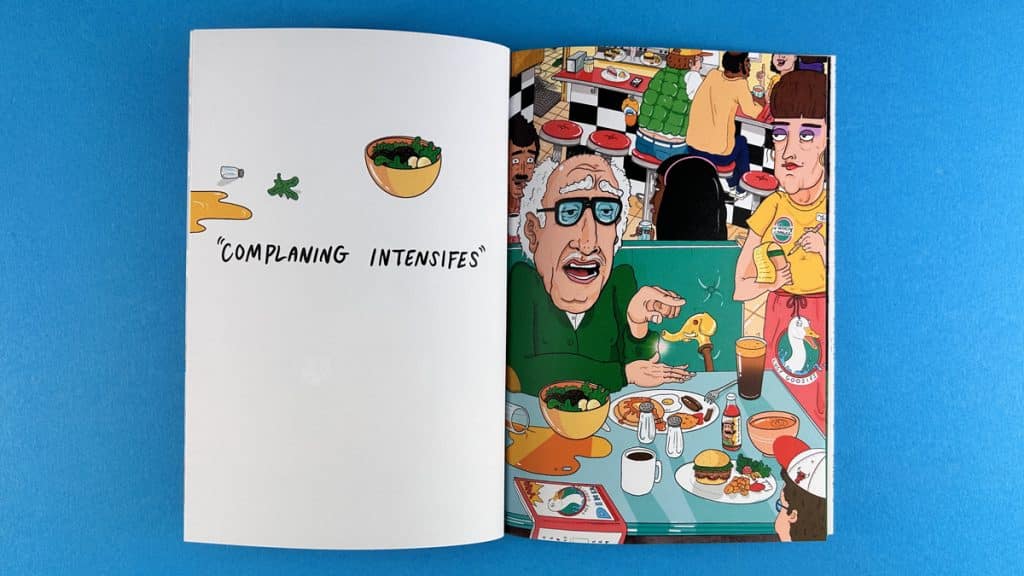
What are three elements of creative writing?
The three key elements of creative writing are:
- Character: Characters are the heart of any creative writing piece. They are the individuals the readers will follow throughout the story.
- Plot: The plot is the sequence of events that make up the story. It's what happens to the characters, the challenges they face, and how they overcome them.
- Setting: The setting is where and when the story takes place. It can be as broad as a country or as narrow as a room.
What are 7 elements of creative writing?
The seven key elements of creative writing are:
- Character: The individuals who inhabit your story.
- Plot: The sequence of events in your story.
- Setting: The time and place where your story unfolds.
- Point of View: The perspective from which the story is told.
- Theme: The underlying message or main idea of the story.
- Style: The unique way in which the author presents the story, including word choice, sentence structure, and literary devices.
- Conflict: The challenge or problem around which the plot revolves.
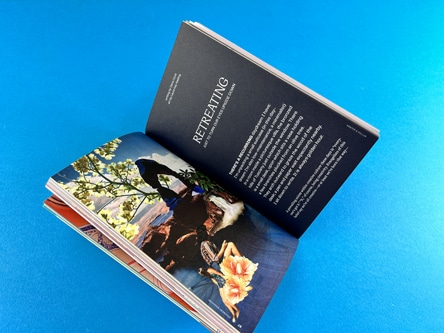
What are 6 traits of creative writing?
The six traits of creative writing are:
- Ideas and Content: The main theme and the details that support it. This is the core of your writing.
- Organization: The structure of the piece, the order of events, and the way you present your ideas.
- Voice: The personal tone and style that reflect the personality of the writer.
- Word Choice: The vocabulary you use to convey your ideas and create vivid images.
- Sentence Fluency: The rhythm and flow of your sentences.
- Conventions: The correct use of grammar, punctuation, spelling, and formatting.
What are 10 rules of creative writing?
While creative writing is an art form that encourages freedom of expression, there are some general guidelines that can help you improve your craft:
- Write Regularly: Practice makes perfect. The more you write, the better you'll get.
- Read Widely: Reading helps you understand different writing styles and broadens your vocabulary.
- Show, Don't Tell: Use descriptive language to show your readers what's happening instead of simply telling them.
- Create Realistic Characters: Make your characters believable and relatable.
- Use Active Voice: Active voice makes your writing more dynamic and engaging.
- Avoid Clichés: Strive for originality in your expressions and ideas.
- Revise and Edit: Your first draft is just that – a draft. Always revise and edit to improve your work.
- Write with Passion: Write about what you love or feel passionate about.
- Respect the Rules of Grammar and Punctuation: While creative writing allows for flexibility, proper grammar and punctuation are essential for clarity.
- Accept Feedback: Be open to constructive criticism. It can help you grow as a writer.

What are 7 styles of writing?
The seven styles of writing are:
- Descriptive: This style is used to describe characters, settings, and events in detail.
- Narrative: This style tells a story and includes elements like characters, plot, and setting.
- Expository: This style aims to inform or explain, often used in academic or journalistic writing.
- Persuasive: This style aims to convince the reader of a certain viewpoint.
- Argumentative: Similar to persuasive writing, this style presents an argument and supports it with evidence.
- Analytical: This style breaks down complex ideas or issues into smaller parts for better understanding.
- Reflective: This style presents the writer's thoughts, feelings, and reflections on a particular topic.
